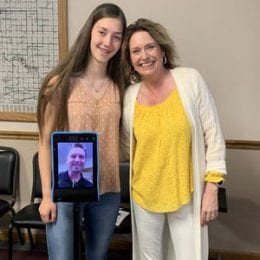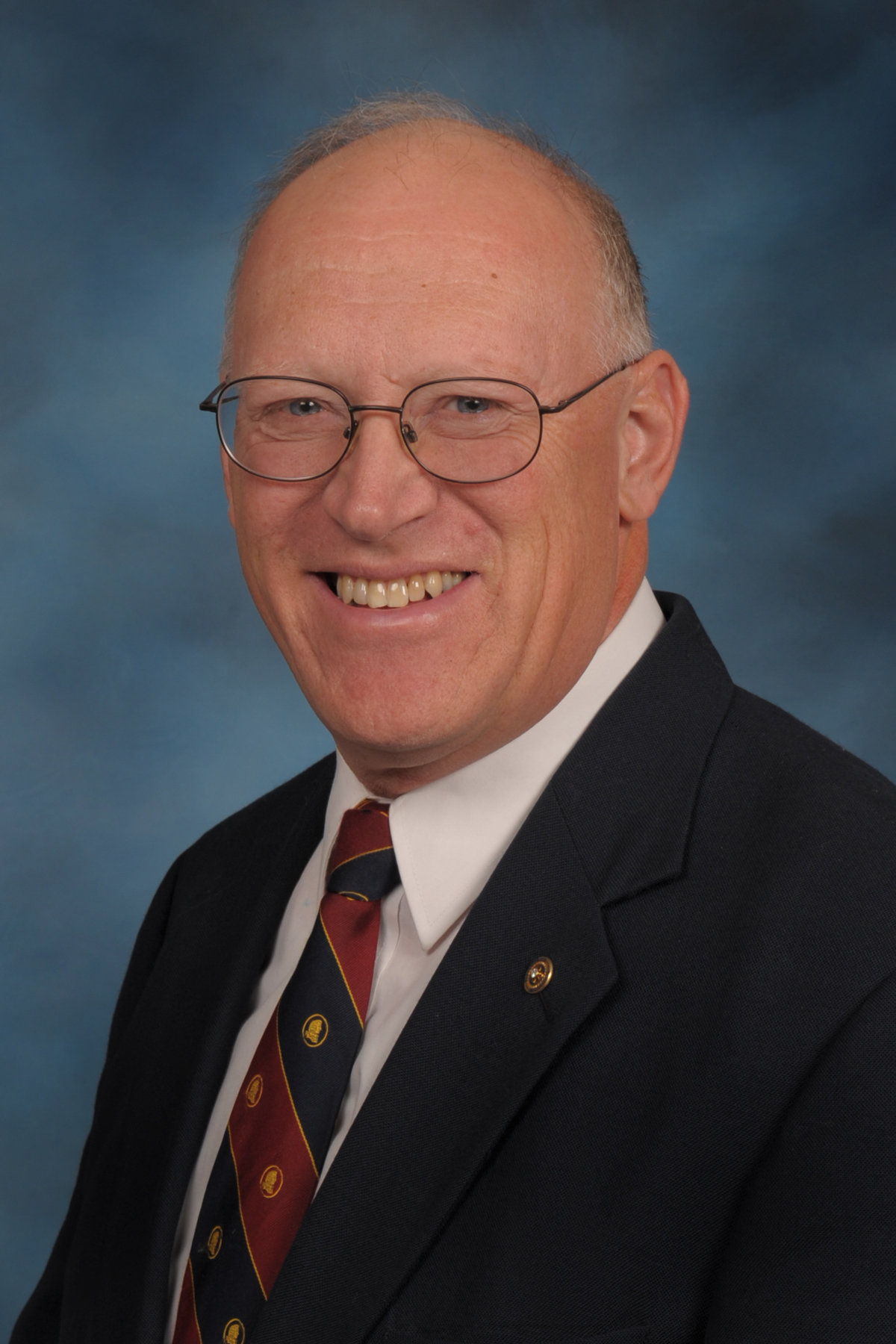Imagine a classroom with a teacher at the whiteboard and students at their work stations, joined by mobile robots through which additional students can participate in the class from another school miles away.

Robots in the classroom? Is this a futuristic movie?
No, it is happening right now, in schools in rural Kansas.
Pam Irwin is superintendent of USD 240, which serves the communities of Bennington and Tescott. Each community has a pre-kindergarten through 12th grade center. Pam is a native of Hays with four degrees from Fort Hays State and 29 years of education experience. She works with Anissa Bigler, a Council Grove native who is a K-State grad and now teaching in USD 240.
Pam became school superintendent in July 2020. The school board charged her with expanding the educational offerings for students in the district.
Meanwhile, the Rural Education Center in Kansas State University’s College of Education had successfully applied for two federal distance learning technology grants that would fund and deploy what were called “telepresence robots” in rural schools. Spencer Clark, director of the Rural Education Center, said there were 29 Kansas sites receiving the robots, two of which were in USD 240.
What is a telepresence robot? It is essentially an Ipad on motorized wheels that can be controlled remotely, allowing an online student to have a mobile, virtual presence in the classroom without being physically present.
Unlike a stationary camera or computer, the student can direct the robot to move so as to see a lesson somewhere in a classroom or to join a small group discussion or group project.
In USD 240, Pam Irwin approached high school English teacher Anissa Bigler about trying this technology in her classroom. Now students at Tescott High School can join Bigler’s class in Bennington through the robots.
When class begins, the Tescott students log on to their laptops at the school and connect to the robot in Mrs. Bigler’s classroom. “I start teaching my lesson at the whiteboard and I call on them or they volunteer answers, just as if they were in my classroom,” Bigler said. When the teacher moves through the room, the robot can also move, come closer to see the whiteboard, or join a discussion group.
“I think a huge benefit is that it doesn’t tie the teacher to the front of the room like a Zoom call does,” Irwin said.
“Allowing the students access to each other is my favorite thing about this,” Bigler said.
As with many new technologies, there was a challenging learning curve at first. Now the benefits are being realized.
What type of grade would Bigler give to the robot system? “Last fall I might have given it a C minus, but now it is almost to the A range,” she said. “It has so much potential.”
On one of the first days, the students connected to the wrong robots, which were then sent roaming the school hallways until they figured it out. In order to solve this problem, they have now identified each robot using names from the old television show, the Jetsons. The robots are named Astro, Elwood, Jetson, and so forth.
Irwin feels strongly that students in rural schools or smaller schools shouldn’t be penalized by distance. “All kids should have the same opportunities and we hope this will expand our students’ access to educational offerings,” she said.
What do students think?
“There are many advantages to the robots,” one student said.
“It makes it a lot easier to do group work and projects,” said another student.
“I feel more connected to the class,” said student Raven Peterson.
How remarkable to find this innovative technology in schools in rural communities such as Bennington, population 622, and Tescott, population 265 people. Now, that’s rural.
There are robots in the classroom, but this isn’t Star Trek. It is an innovative school in rural Kansas. We commend Pam Irwin, Anissa Bigler, and especially the students who are making a difference by pioneering this technology.
In these schools, the future is now.
